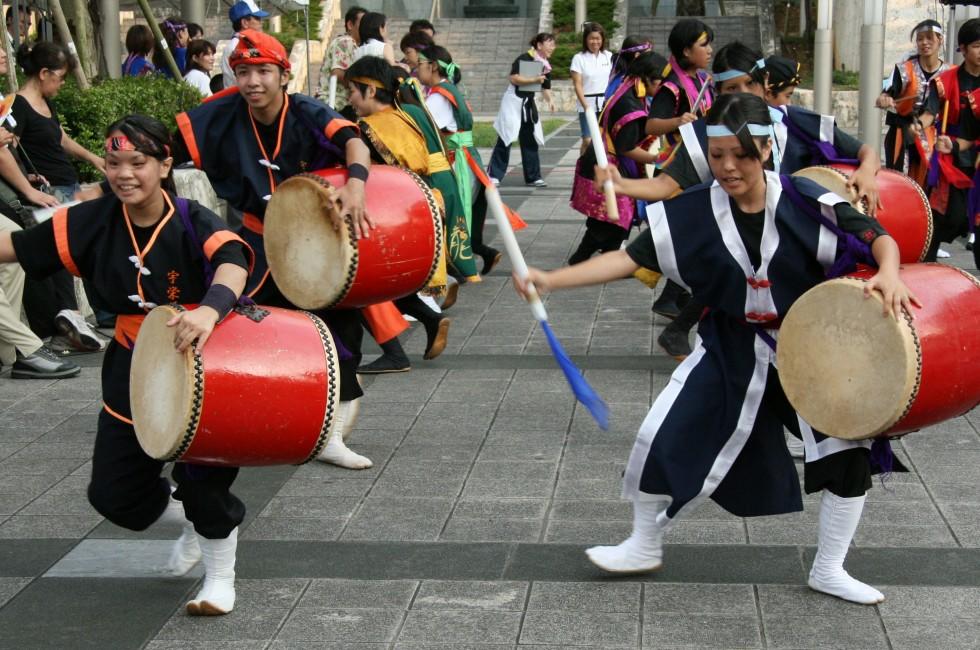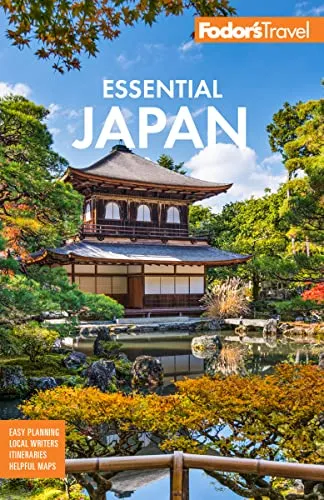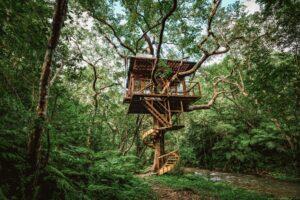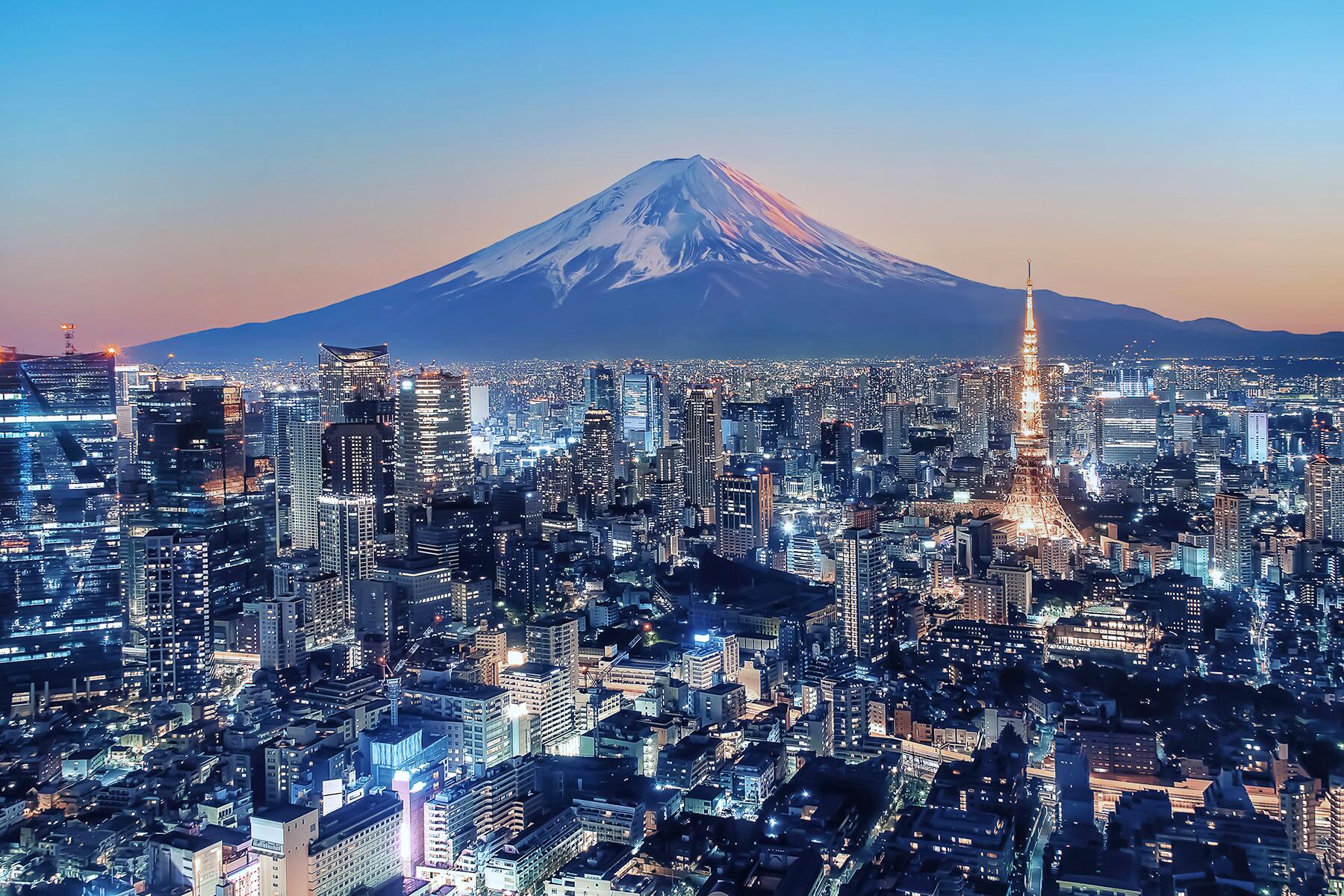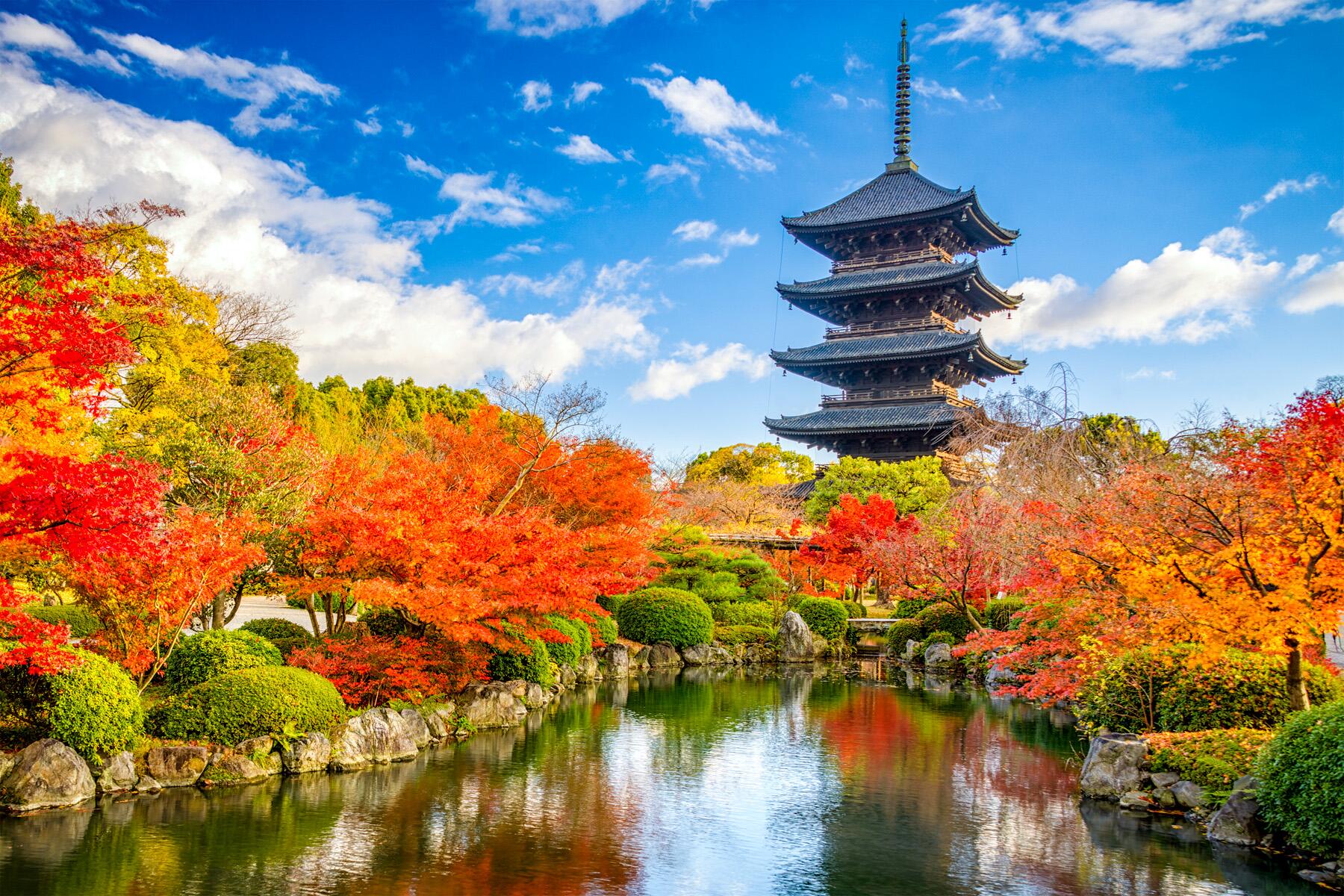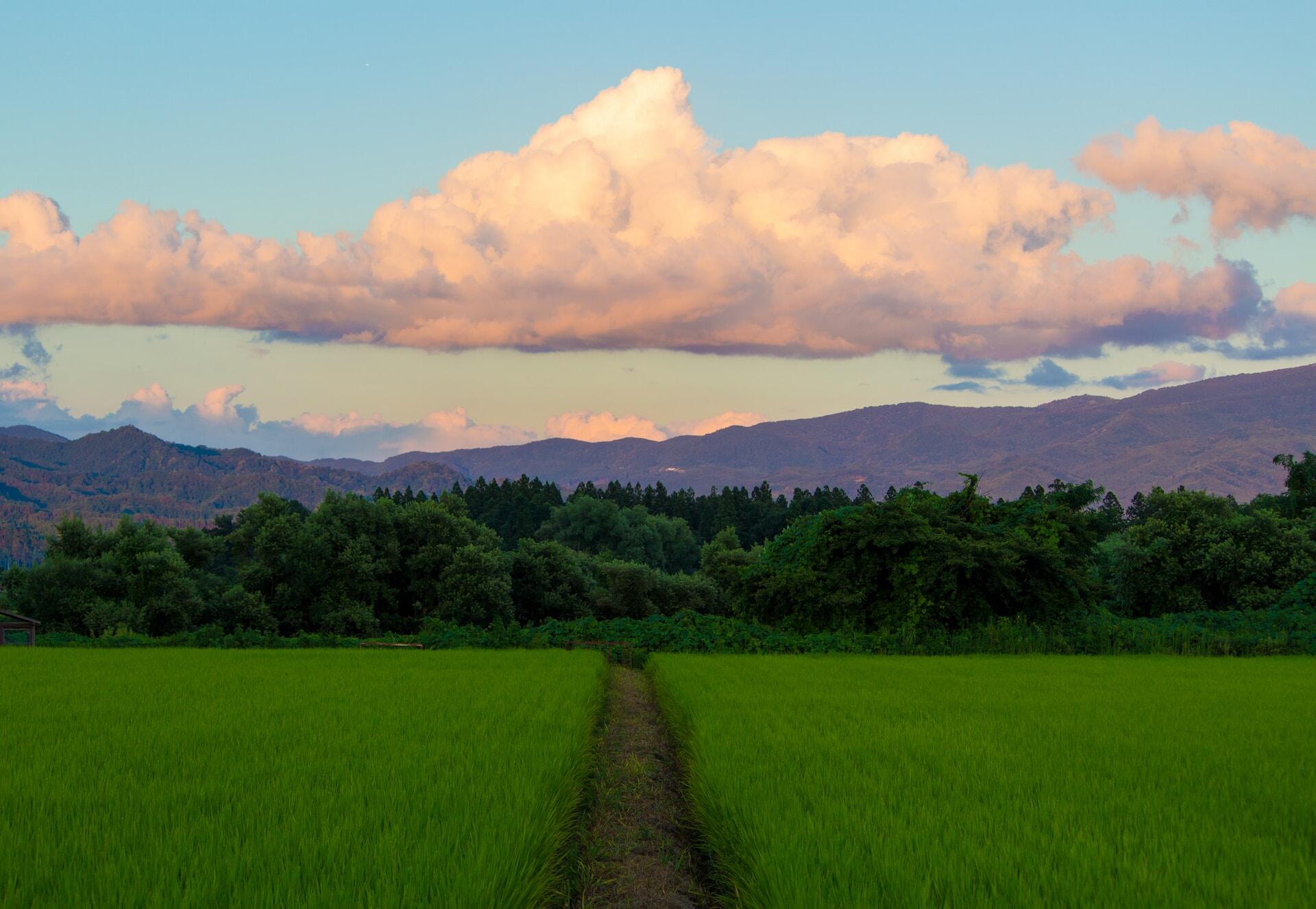Okinawa
Okinawa
Tropical climate, sun-kissed beaches and crystal-blue waters, deserted islands ringed by rainbow-hued coral reefs, verdant jungle trails, and funky port towns full of laid-back, fun-loving islanders will welcome you to Okinawa, Japan's most diverse and exciting destination.
Naha, Okinawa’s capital, is geographically closer to Taiwan than to any of Japan's main islands, but deeper distinctions of culture and history are what really set the islands apart. Okinawa's indigenous population comprises an ethnic group independent from the mainland Japanese, and local pride lays much heavier with Okinawa's bygone Ryukyu Kingdom than it ever will with the Empire of the Rising Sun. Island culture today forms an identity around its Ryukyu roots but also reflects the centuries of cross-cultura...
Read MoreTropical climate, sun-kissed beaches and crystal-blue waters, deserted islands ringed by rainbow-hued coral reefs, verdant jungle trails, and funky port towns full of laid-back, fun-loving islanders will welcome you to Okinawa, Japan's most diverse and exciting destination.
Naha, Okinawa’s capital, is geographically closer to Taiwan than to any of Japan's main islands, but deeper distinctions of culture and history are what really set the islands apart. Okinawa's indigenous population comprises an ethnic group independent from the mainland Japanese, and local pride lays much heavier with Okinawa's bygone Ryukyu Kingdom than it ever will with the Empire of the Rising Sun. Island culture today forms an identity around its Ryukyu roots but also reflects the centuries of cross-cultural influence brought to Okinawa on successive tides of imperialism. Ships from ancient Polynesia, Ming China, Edo Japan, and most recently wartime America brought the ravages of conquest and the joys of new traditions (snakeskin instruments, the stir-fry, and Spam). Okinawa's melting pot is sharply different from mainland Japan's commercial culture of appropriation and pastiche, touching every element of island life and lending flavor to the music, language, cuisine, architecture, arts, and lifestyle that define the archipelago.
The Okinawan archipelago spans about 700 km (435 miles) of ocean, reaching from south of Kyushu's Kagoshima Prefecture to just east of Taiwan. Of the hundreds of islands only a handful are inhabited, and even the settled ones sport more jungle and beach than they do road and city. More than 90% of the population, numbering about 1.3 million, lives on Okinawa Honto, the largest and most developed island of the chain. Honto is notorious for also housing the bulk of Japan's American military presence, though unless you're here visiting a friend in uniform, your focus will be the island's beaches, moving war memorials, natural escapes, and UNESCO World Heritage castles and monuments of the Ryukyu Kingdom.
With limited time to spend in Okinawa, we recommend you choose one of the three main island groups to explore instead of trying to cram it all in. Many travelers make the mistake of staying put on Okinawa Honto, but while its sights are terrific, you'll find more great fun, diverse adventure, and welcoming islander hospitality as you get farther away from the mainland. Okinawa rewards a traveler's intrepid spirit, so cast away your map and head out into the wild blue yonder.
